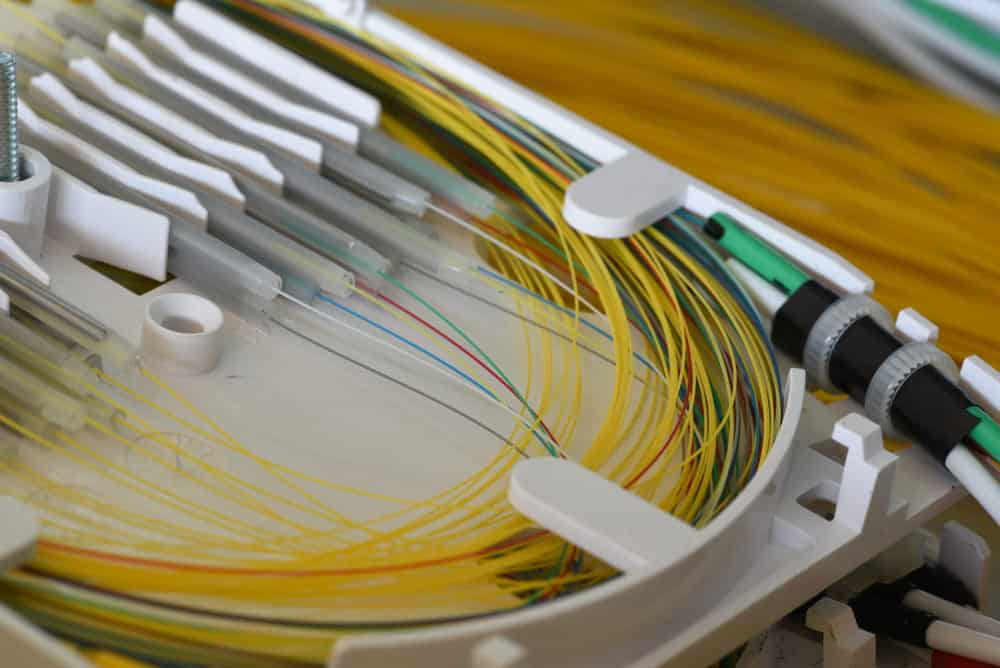

The strength tests are important to assure longevity. The goal of all fusion splicing – in the field or factory – is a low-loss joint that meets tensile-strength requirements. Tips on fusion splicing from FOC’s technical experts Step (4.), testing, mainly is done with OTDRs or loss test sets, and details on testing will be covered in other articles. We’ll also comment on step (3.), protection, because it is critical in a splice’s long-term performance. The operator is responsible for loading the fiber ends correctly, checking the settings, including the fiber-type program, and then hitting a button to start the fusion process. As for step (2.), the fusion splicing machine creates the fused joint. Step (1.) is this article’s main focus, and we’ll offer tips on cleaving and cleaning.

In the case of fusion splicing machines, for example, there are portable, lightweight units for field splicing, and some are supplied in kits that include a battery, other tools, and rugged cases.įrom start to finish, the fusion-splicing process has four main steps: 1.) preparing the cable and fiber ends, 2.) fusing the fiber ends together, 3.) adding-splice protection or re-coating the fiber joint, and 4.) testing the splice. Some of the tools and equipment designed for field splicing differ from versions designed for factory or bench-top splicing. test instruments, such as loss test sets or OTDRs.protective tubes or sleeves, or a fiber re-coating system.cleavers for terminating the fiber to the right length with high-quality end-faces.alcohol and wipes to clean the bare fiber prior splicing.stripping tools with hole sizes for removing fiber buffer coatings.aramid scissors and other tools for entering the cable and separating out individual fibers for splicing.For both field and factory splicing, the process requires the following supplies and equipment: The article below offers more detail on fusion-splicing procedures, especially the fiber “prep.” The foundation of a good splice is good fiber preparationįusion splicing is used for joining cables during network installation projects, repairing cables, mounting pre-polished splice-on connectors, and many applications in factories that make fiber optic components and subsystems. Result is a near-seamless / lossless joint. Fusion splicing is joining two fibers together by melting the two fibers together. In September 2019, FOC posted an article explaining the difference between mechanical and fusion splices. Syringes, Tips, Pistons and Barrels, Plunger.


 0 kommentar(er)
0 kommentar(er)
